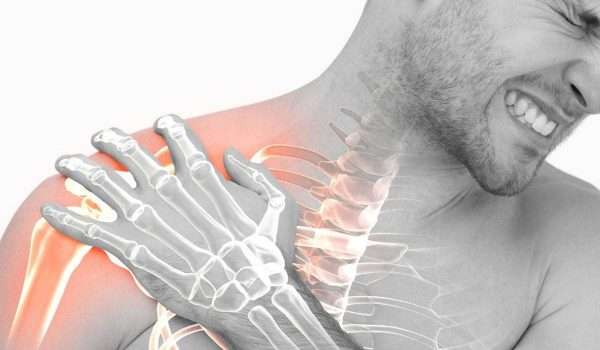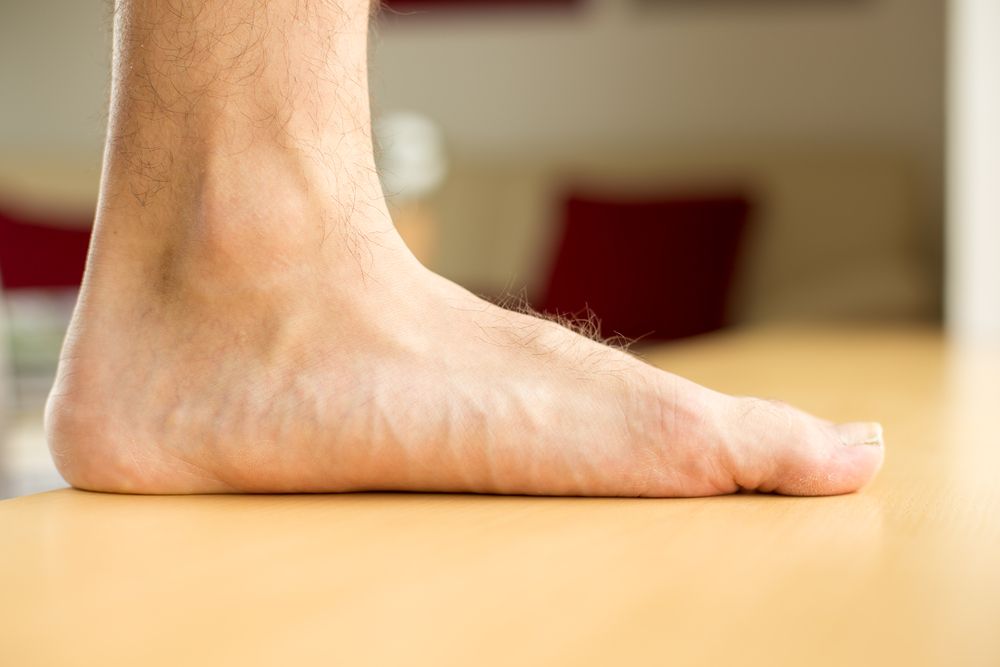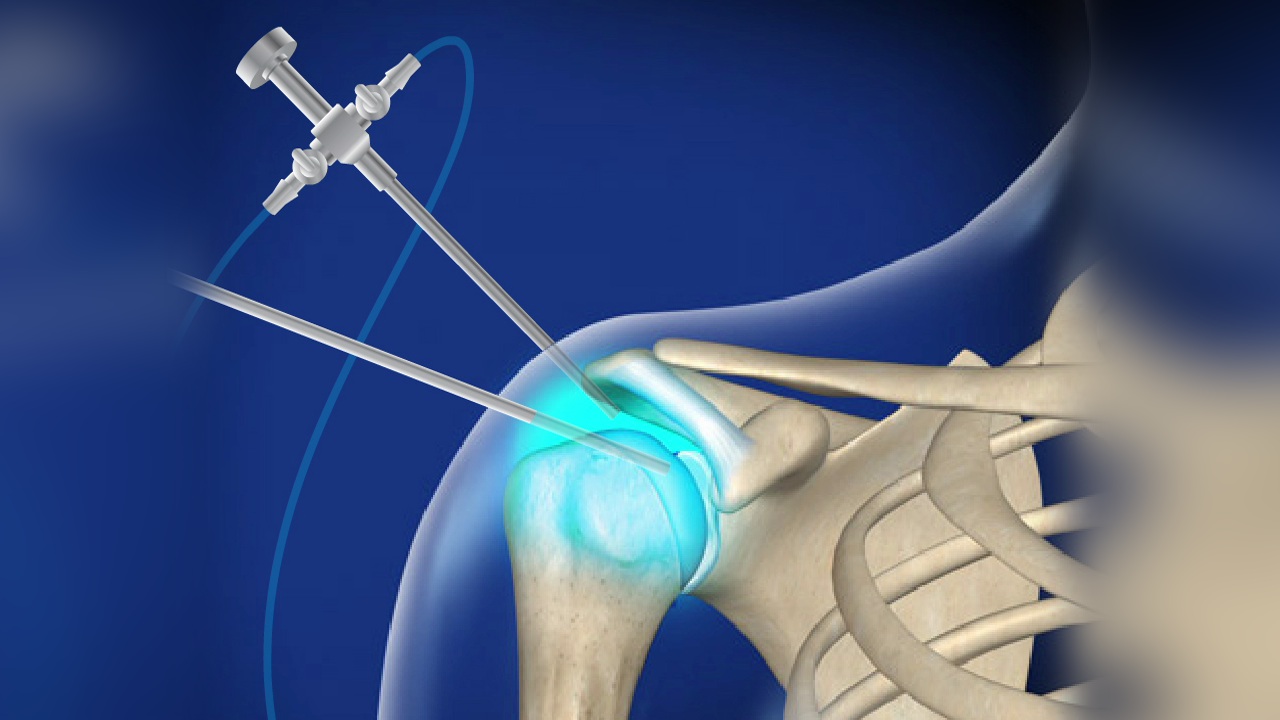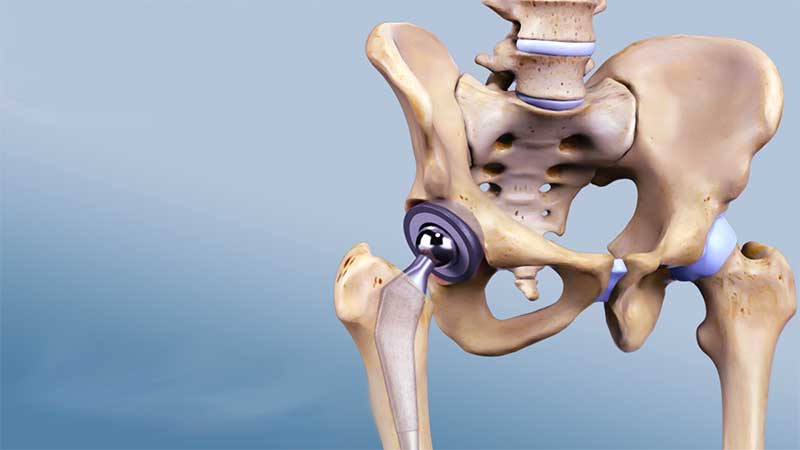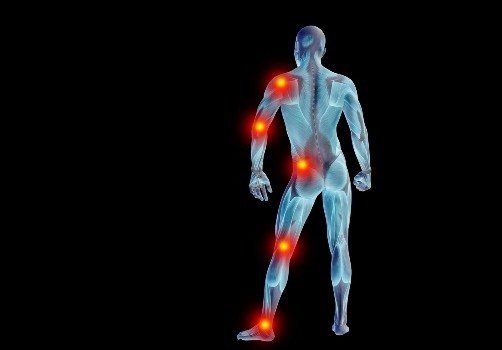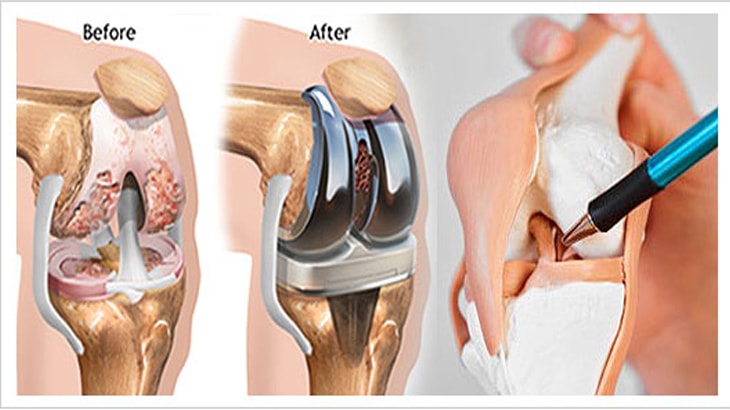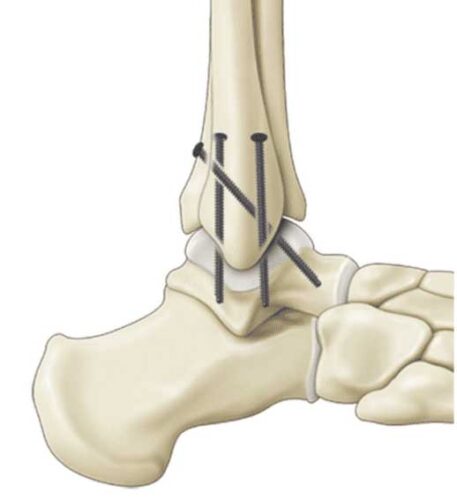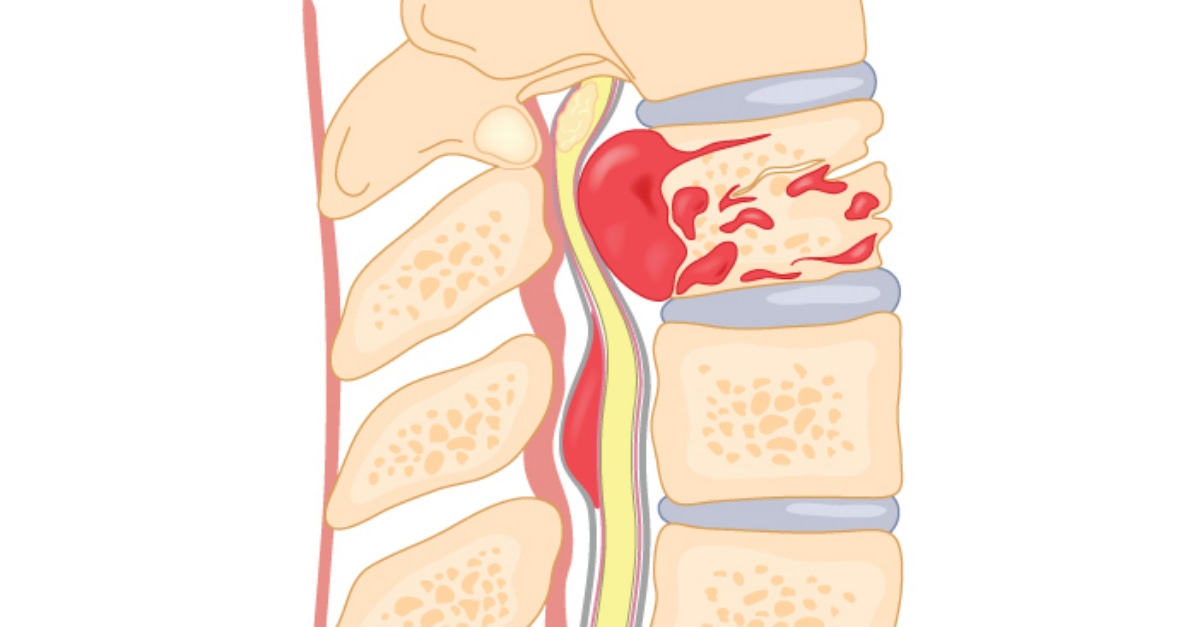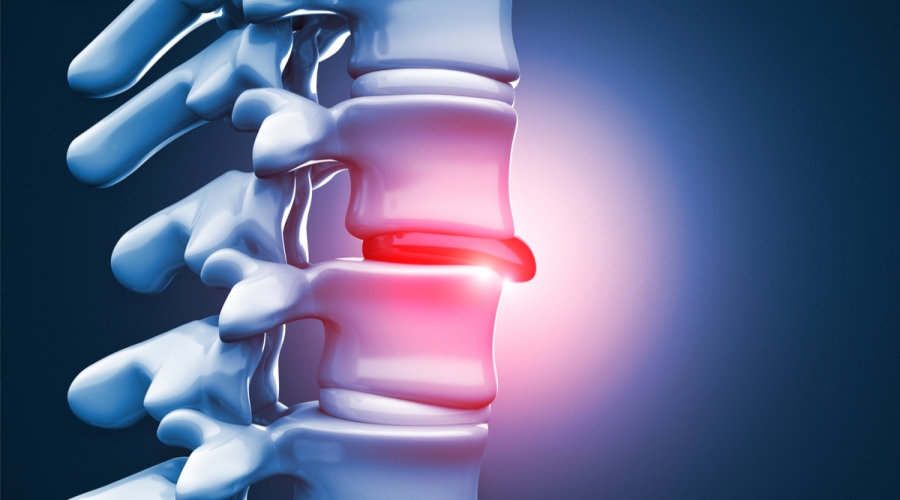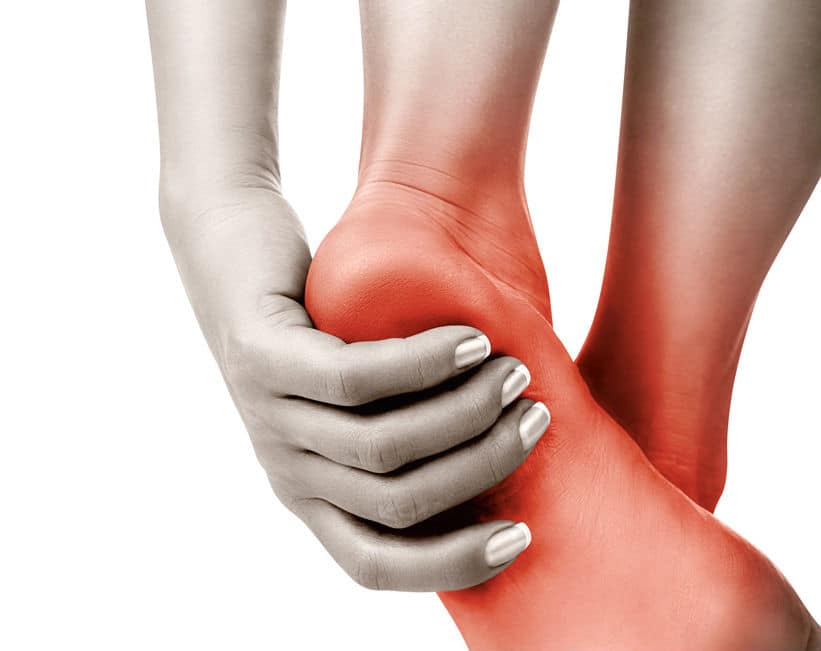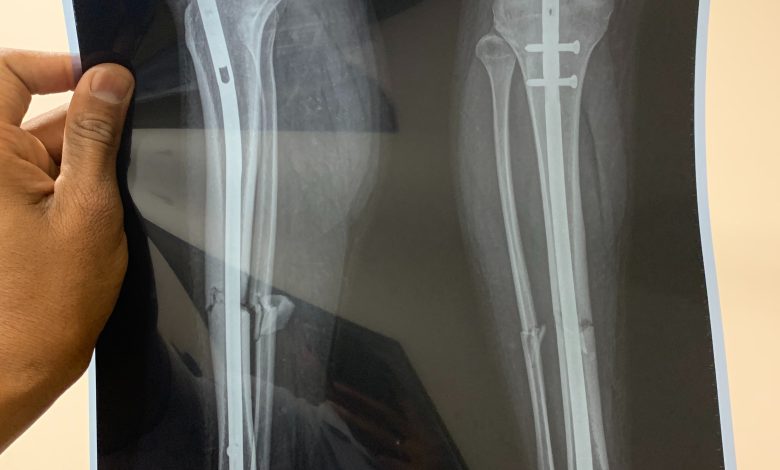What you don’t know about Carpal Tunnel
Carpal tunnel syndrome is a feeling of tingling and numbness in the fingers during some activities, and it is better that this condition is treated immediately before the symptoms seriously worsen. In the following article, we will learn about the most important information regarding this topic, so let us read the following.

Carpal tunnel
The carpal tunnel is a semi-lunar tunnel that is built from the bones of the hand and is surrounded in the front by a thick fibrous ligament at the wrist joint. It also passes through many tendons that are covered with thin membranes that grip the fingers and thicken their movement, especially when holding things. There is a question many ask What is carpal tunnel disease? This occurs when the median nerve is compressed between and around the fibrous ligament, as it is subjected to pressure from the wrist and the ligaments responsible for the movement of the fingers in the hand.
Carpal tunnel syndrome is one of the most common nerve-related diseases among women and many may not care about it. Although it is often a minor health problem, neglecting it for long periods of time or late detection makes the individual suffer from many problems in the future.
Is Carpal tunnel syndrome dangerous?
Carpal tunnel syndrome is not considered dangerous, but it is important that it be treated as soon as it is detected, because neglecting it and not receiving appropriate medical care may cause damage to both nerves and muscles.
Can Carpal tunnel syndrome be cured?
It is possible to recover from carpal tunnel syndrome if it is detected early and the individual begins to receive appropriate treatment from the beginning, but if this disease is detected late, then its treatment in this case takes longer and is very complicated because the symptoms have worsened significantly and may Surgical intervention is required.
Carpal tunnel syndrome
Many people wonder about the causes of carpal tunnel syndrome, and there is no clear reason for carpal tunnel syndrome, but rather there are many factors that increase the risk of infection, such as:
- Age: Although carpal tunnel syndrome may affect anyone, it does not happen to those under twenty years of age.
- Gender: Women are more likely than men to develop carpal tunnel syndrome due to the fact that the carpal tunnel is more narrow.
- Some jobs: Doing a job that requires constant movement of vibrations in the arm, fingers, or wrist, such as a tailor, baker, hairdresser, typing on a keyboard and typewriter.
- Inheritance: the presence of a family history of this disease and people who have already been infected with it.
- Menopause and pregnancy: This is a result of the accumulation of large amounts of fluid in the body, and in this case, the treatment of carpal tunnel syndrome is without surgical intervention and improves after childbirth by itself, but this makes the woman more susceptible to infection again.
- Diabetes: Diabetes makes a person more likely to develop carpal tunnel syndrome, as well as those who are obese or suffer from thyroid dysfunction.
- Cancers: such as the presence of some sebaceous glands, benign cysts, or tumors in the median nerve.
- Bone friction: Suffering from trauma or a wrist fracture causes deformation of the small bones in the wrist and changes in the space within the carpal tunnel.
- Joint diseases: such as rheumatoid arthritis, occurs as a result of affecting the lining that covers the tendons in the wrist, and this causes pressure on the median nerve.
- Wrong habits: such as the individual doing some things that negatively affect his health, such as smoking, drinking alcohol, and overeating foods full of salt.
- Medicines: There are some medicines that lead to carpal tunnel syndrome, such as anastrozole, which is used in the treatment of breast cancer.
Symptoms of carpal tunnel develop very slowly and may affect the individual at any time. Examples include:
- Feeling pain, tingling, numbness, and some itching in all fingers of the hand except for the little finger.
- The poor sensation of the fingertips.
- Having great difficulty using their hand in some simple activities such as holding the steering wheel and a book when reading and when using the keyboard.
- Pain in the wrist that extends to the elbow and shoulder.
- Often suffering from swelling and stiffness of the hand.
- Feeling a small electric shiver.
- Waking up at night from the severity of the pain that the individual feels.
- The feeling of numbness and severe burning during the night and day periods.
Is Carpal tunnel syndrome dangerous?
Carpal tunnel syndrome is not dangerous if it is detected early and treatment is started from its onset, but if it is neglected for a long period of time, the fear, in that case, lies in the serious complications that occur after that, which are as follows:
- Suffering from nerve damage, which is in the form of a constant feeling of numbness and tingling.
- Weakness and atrophy in the muscles at the base of the thumb in the palm of the hand and in the movement of the hand in general.
- Inability to do daily activities.
What is carpal tunnel disease?
Carpal tunnel disease occurs as a result of pressure on the median nerve, and the carpal tunnel is a narrow passage surrounded by bones and ligaments on the side of the palm of the hand. In the hand as a result of some anatomical features of the wrist, health problems, and repetitive hand movements.
Carpal tunnel in the foot
Carpal tunnel syndrome in the foot is a result of pressure on the posterior tibial nerve, and is caused by the following:
- Flat feet in some people due to increased pressure on the posterior tibial nerve.
- Suffering from enlargement or deformity in the area, which causes severe pressure on the nerve, such as infection with both varicose veins and ganglion cysts.
- Exposure to an injury or sprained ankle may cause suffering from infections and swelling, and this causes pressure on the bronchial nerve.
- Suffering from some diseases such as diabetes or arthritis, each of which is accompanied by swelling, which causes pressure on the nerve.
- The presence of sores or masses close to the nerve, such as tumors and fatty cysts.
Can Carpal tunnel syndrome be cured?
Carpal tunnel syndrome can be cured through some simple means if the condition is diagnosed early and proper care is started. It is also possible that some non-surgical methods are used to improve carpal tunnel syndrome, and wrist splinting may be done, and it is also possible To wear a splint that works to stabilize the wrist and relieve the symptoms that the individual feels, and if it is not worn at night, it also helps to relieve symptoms during the day.
How is Carpal tunnel syndrome detected?
The carpal tunnel is diagnosed by performing the following steps:
- Sick history: where the doctor learns about the person’s medical history and follows up on the symptoms that may have begun to appear in the individual since the onset of the disease.
- Clinical examination: The doctor bends the wrist downward for a minute until the individual feels numbness in the fingers, and then the hand, arm, shoulders, and neck are examined in order to ensure the safety of other nerves.
- Blood tests: such as doing an examination of thyroid hormones, examining sugar, vitamin D, and B12, in addition to the need to measure the concentration of salts in the individual’s body.
- Imaging tests of tissues and bones: This is done in order to ensure that there are no bony frictions that press on the nerve, such as X-rays, computed tomography (CT), magnetic resonance imaging (MRI), and ultrasound.
- Various nerve examinations: such as conducting a nerve conduction study, where two electrodes are placed on the skin and a small shock is passed through the median nerve. In carpal tunnel syndrome, the speed of conduction of electrical impulses in the carpal tunnel slows down.
- Electromyography: The doctor places a very thin and thin electrode in some specific muscles in order to evaluate their electrical activity when contracting and relaxing, and it is used in order to detect if there is any damage to the muscles that are controlled by the median nerve.
- Nerve and muscle tests: This is done if the medical history is not clear.
How long does Carpal Tunnel surgery take?
There are two methods in the operations that are carried out in order to treat carpal tunnel, one of them is by opening and the other is through the endoscope, and the doctor determines the most appropriate, in the endoscope operation a small incision is made in order to insert a device called the endoscope and the surgery is performed, but in the case of surgeries Open, larger incisions up to five centimeters are made, and this process takes 20 minutes and is done through local anesthesia.
After the operation is completed, the hand or wrist is splinted in order to immobilize it and prevent its movement. The individual is monitored shortly after the operation in order to ensure that no serious complications occur. The individual may remain in the hospital until one night after the operation.
Symptoms after Carpal Tunnel surgery
Although the symptoms that the individual was suffering from before performing the operation do not appear on him again after performing it, the healing process may continue for a few months, as the patient may feel some pain and stiffness at the site of the surgery, and there are many cases in which the wrist loses its strength as a result of cutting the ligament. The wrist during surgery, and this is treated by walking on a physical therapy program after the operation for a period of time until the wrist recovers.
If the individual exercises a job that depends on a manual craft or requires high manual effort in performing the work, then, in that case, carpal tunnel syndrome has a significant negative impact on his ability to perform his tasks effectively, and for this, it is better to search for the best ways that the individual avoids exposure Basically such a problem.
Carpal tunnel treatment
Suffering from carpal tunnel syndrome is one of the things for which it is important to start receiving appropriate treatment immediately so that no serious complications occur to the individual. Examples of these are:
Non-surgical treatment
As this works to focus on alleviating the severity of the symptoms that the individual feels, especially in the early stages of infection, and the following methods are followed:
- Anti-inflammatory drugs: An example of this is non-steroidal anti-inflammatory drugs, which include Naproxen or Ibuprofen, and these drugs work to relieve pain and irritation that affects the nerve.
- Cortisone injections: They are injected into the area affected by carpal tunnel syndrome, as they greatly relieve pain and reduce inflammation, but this treatment is temporary and needs to be repeated once every several months.
- Splints and braces: They are worn especially when sleeping in order to maintain the stability of the affected area and relieve pressure on the median nerve, which relieves numbness and tingling. This may be more followed with pregnant women because it is safer for them than taking medications.
Surgical treatment
Doctors are forced to resort to this option in cases that are very severe and that have reached the point of feeling a great weakness in the hand and not responding to any other method of treatment, and the surgical solution is very highly efficient in treating carpal tunnel syndrome, and most often the doctor cuts The nerve that presses on the median nerve, and this is done through some techniques such as laparoscopy or through open surgery.
Treating the carpal tunnel with massage by using olive oil and castor oil is one of the best methods that are followed in order to reduce the severity of pain that the individual feels, and the massage is continued for a period of not less than 15 minutes and this greatly helps in improving blood circulation in addition to that it relieves tension Muscles and nerves, and some ice packs can also be done.

